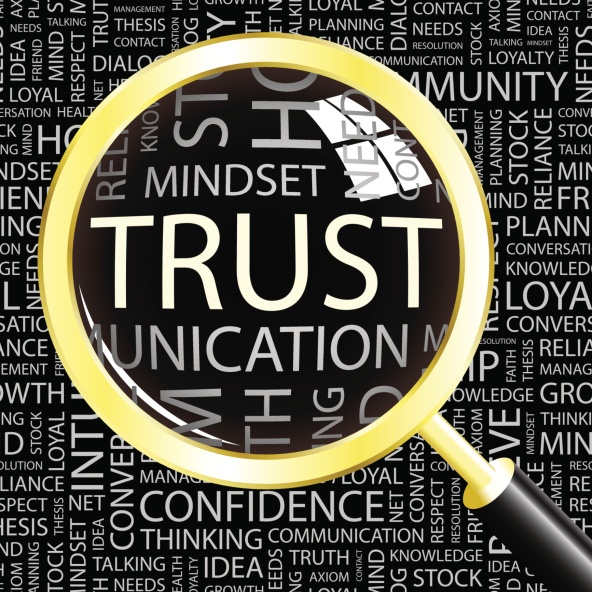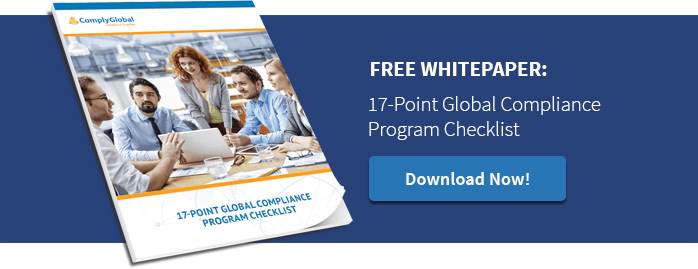Posted on Jul 16, 2015 7:30:00 AM
In a business world where so many companies have lost the trust of their customers and peers, gaining the trust of your community is essential.
The relationships you have with your customers, team members, suppliers, partners and regulators are all built on trust. Without an effective compliance program to ensure your compliance with regulations, you risk breaking that trust with all of these stakeholders.
As Benjamin Franklin once said, “It takes many good deeds to build a good reputation, and only one bad one to lose it.” The truth to his words remains true for transparency and compliance.
So, how exactly do you build a corporate compliance program that safeguards the trust your community has in your organization? What are the elements of a formidable, effective compliance program?
 Leadership And A Culture Of Compliance
Leadership And A Culture Of ComplianceAs Brent Snyder of the U.S. Department of Justice’s Antitrust Division remarked, “Senior management must help lay the foundation upon which a company builds its culture of compliance.”
The foundation of any effective compliance program is built on the actions of leadership. Not only does establishing such a culture exhibit the importance of compliance, but it removes any fear of retaliation should a team member report a violation.
In order for your organization to be transparent with your stakeholders, leadership must be transparent first. Ethics and compliance governance are bred from top-level management.
Your mission, vision and values must all reflect your guiding principles of corporate compliance. As cultural guides, these elements impact day-to-day behavior within your organization.
Especially when developing a new global compliance program, but even over time, conducting a comprehensive risk assessment is an important practice. This can be executed by an internal or external team.
It’s only after formally assessing your risk that your organization can have confidence in its ability to manage an effective compliance program, with no gaping holes or unaddressed issues.
A comprehensive set of standards and controls helps to keep all of your stakeholders on the same page. From leadership and employees to investors and customers, protocol in the event of possible noncompliance must be clear and universally understood.
Your standards and controls tie directly to your culture. They both define and affirm the compliance culture you must build. These fundamentals are meant to educate your stakeholders about complete compliance and encourage the behaviors that promote it.
Speaking of educating, training is another crucial element in building trust.
Top-down knowledge is the key to formidable compliance management. You must know what defines complete compliance and integrity in order to ensure that you have attained it. Only then are you able to manage your compliance.
Even with the other pillars established, a crucial final element is having management and board oversight of your corporate compliance program and processes.
Your Chief Compliance Officer (CCO) is the leader who is most accountable for overseeing your program. He or she helps to ensure that your organization is compliant with relevant regulations. But, given the risk of personal liability to everyone in management and on the board, oversight is ultimately each stakeholder’s responsibility.
With these foundations, an effective compliance program that builds trust in your organization is certainly attainable. After you’ve established these fundamentals, take the next steps in building compliance processes that further mitigate the risks of noncompliance.
Learn the 17 detailed elements that contribute to a formidable compliance program.

Topics: compliance culture, Compliance Program